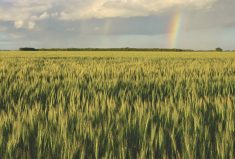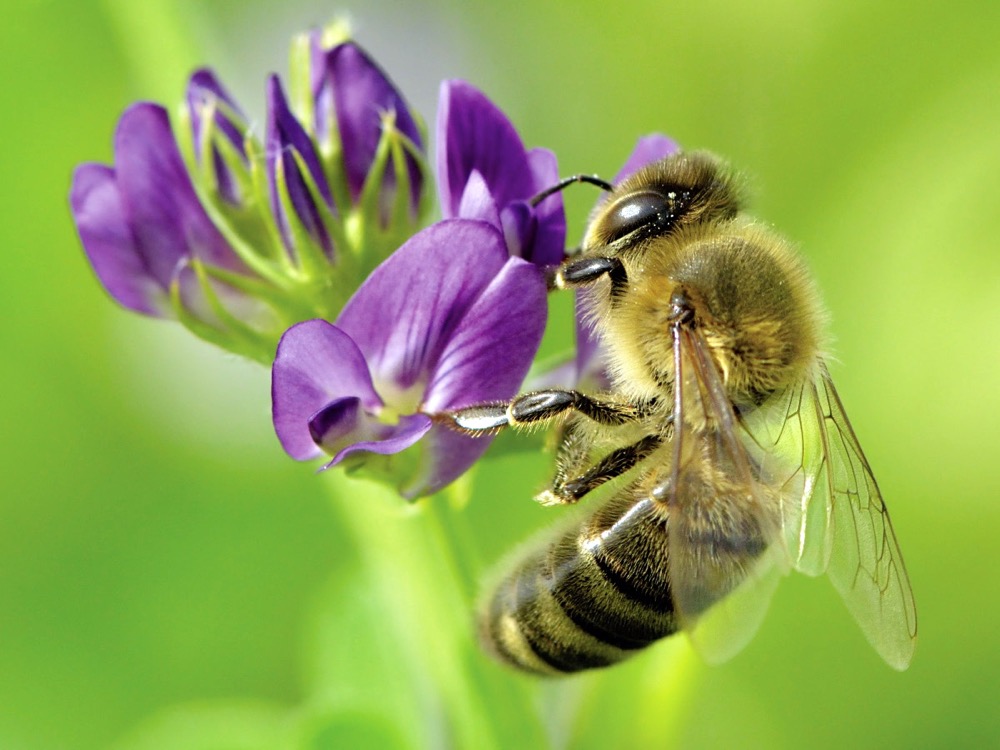Whoever you talk to in agriculture today, most people agree this is not a one-issue, one-solution scenario. As Dr. Cynthia Scott-Dupree has stated this is more like a 1,000-piece puzzle.
The following are just some of the aspects involved in the neonicotinoid debate that may or may not have made it into media reports or websites:
- Neonicotinoid-based seed treatments have been a staple for canola growers in Western Canada for longer than in Ontario, yet there has been less concern there about the use of seed treatments.
- Neonicotinoid-based seed treatments are highly specific, and safer than previously available foliar treatments.
- Use of neonicotinoids in Australia pre-dates that of Canada — without any negative impacts — nor is there an issue with varroa mite.
- Corn is cross-pollinated and contains no nectar, and soybeans and wheat are self-pollinating; the crops hold little appeal for bees.
- As far as quality of nectar and pollen protein levels are concerned, canola is one of the best forage sources but blueberry is one of the poorest.
- Ontario’s beekeepers have increased their pollination services by 200 to 300 per cent in the past 10 years, a period in which beekeepers claim honey production has dropped by 20 per cent.
- Is succession in the beekeeping industry affecting production?
- Use of formic acid with oxalic acid to control varroa mites is fatal to bees.
Read Also

Could crop sharing be a viable option for your farm?
Crop sharing could be a good option for young and beginning farmers.
















